Longest solar eclipse in China since 1814
By Ananth Krishnan, The Hindu, July 22, 2009
 - Photos: Solar eclipse
- Photos: Solar eclipseBeijing: It was supposed to be the day the giant Kua Fu chased the Sun across the sky, determined to capture the fiery orange ball to end a long drought that had plagued the country.
But on Wednesday morning, the mythic giant beloved by Chinese folklore was nowhere to be found. Instead, thousands of Beijing residents who rose early to catch a glimpse of the longest solar eclipse of this century disappointingly woke to a familiar sight: a dull, smog-filled sky stretching over one of China’s most polluted cities. But millions of others across China were far luckier.
From Chengdu in the heart of the country’s Sichuan province to Shanghai on the eastern coast, much of China was thrown into darkness on Wednesday morning. Thousands of eclipse-watchers from all over the world gathered at some of China’s most well-known sites to watch the longest solar eclipse to be seen in China since 1814. In Sichuan province, a local airline even chartered flights for passengers to follow the sun. In Zhejiang in China’s east, regarded by Chinese astronomers as the best spot in the country to watch the event, thousands gathered and burst crackers.
In China, solar eclipses are regarded as a sign of impending catastrophe. For Beijing’s residents, the only catastrophe was the smog-filled morning sky the city woke up to. Several hundred people gathered at the city’s planetarium to watch the eclipse, but all they saw was a sight this city’s residents are by now well used to: a dull grey sky that menacingly stretched across the city. Unfortunately for the s residents, Wednesday turned out to be one of the most polluted days of the year so far.
According to Beijing Air, a monitoring service run by the U.S. embassy, the Air Quality Index(AQI) on Wednesday morning was as high as 469 according to the Environmental Protection Agency’s scale, 500 is the worst possible reading on the AQI scale. Beijing Air described Wednesday morning’s air conditions as “hazardous.” Shanghais residents were luckier. Thousands gathered at Yangshan Island off Shanghai’s coast, at the site of one of thelargest deep-sea ports, for one of the best views of the eclipse on the mainland.
“There was a drizzle in the morning so we were concerned, but by 9 a.m. the view was spectacular, possibly the best in China,” Ja Mingjie, 23, who watched the eclipse at Yangshan among thousands of foreign tourists, said. But behind the noxious smog-filled clouds that hovered over Beijing on Wednesday was a silver lining. After all, behind the blue skies the city has become used to in recent months after the Olympic Games was a sobering cause, the shutting down of more than 1,00,000 factories after the financial crisis hit China. The return of the much-hated smog to Beijing, analysts say, is a sign that many of the factories around Beijing have left the recession far behind and are now back up and running, bellowing out as much smoke and ash into the city’s skies as they were before the recession briefly disrupted Chinas good times.
Related articles:
N.Y. Daily: Longest solar eclipse of the century shrouds Asia in daytime darkness (more)

 - China Daily:
- China Daily:  - Video:
- Video: 
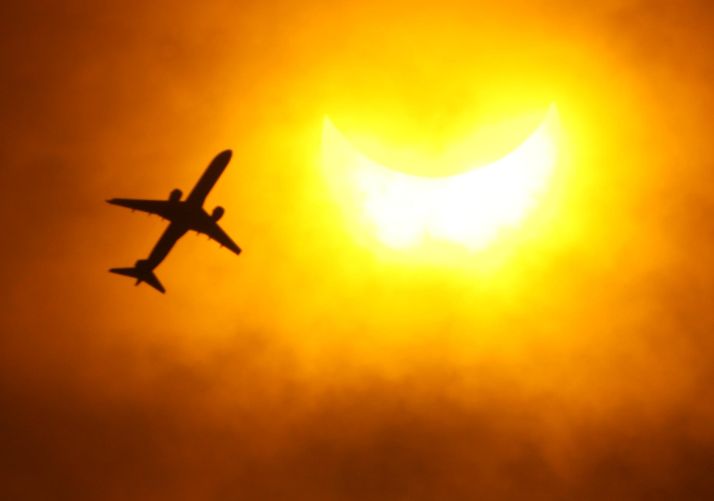
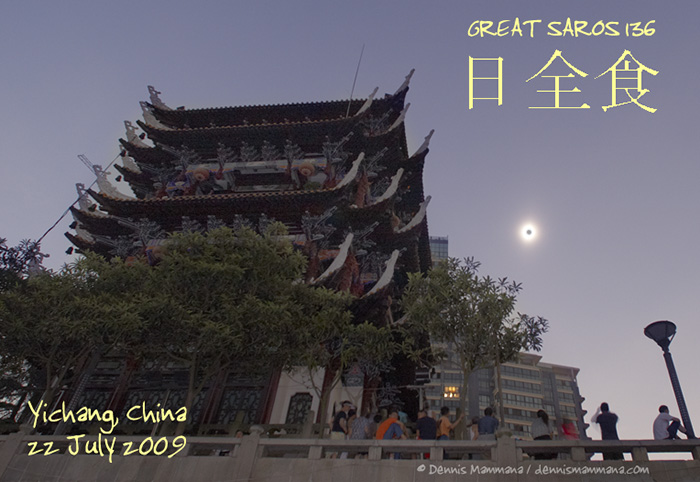
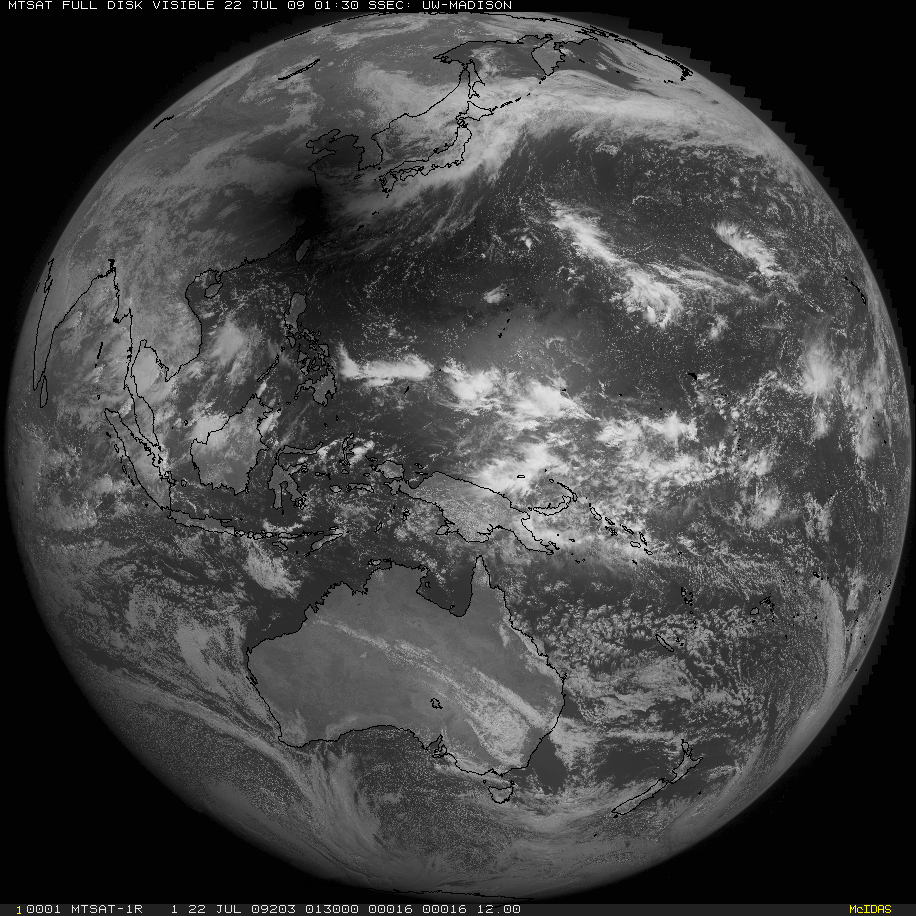

 • AP:
• AP:  • Global Media Coverage:
• Global Media Coverage: 

 -
-  8.30 a.m. Taiwan - Photo by MTSAT
8.30 a.m. Taiwan - Photo by MTSAT 9.30 a.m. Taiwan
9.30 a.m. Taiwan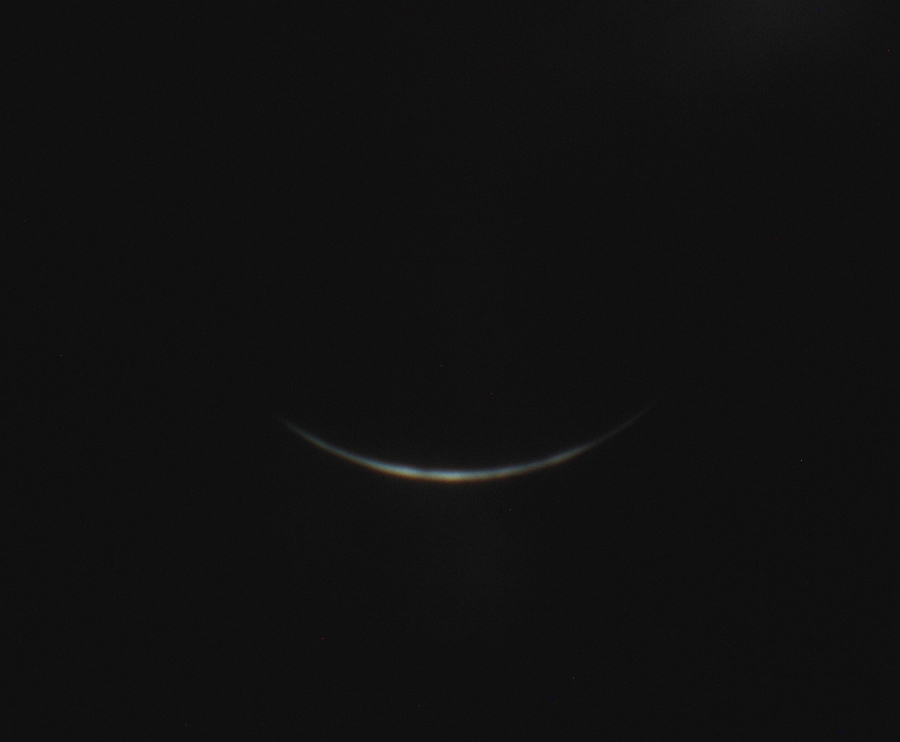

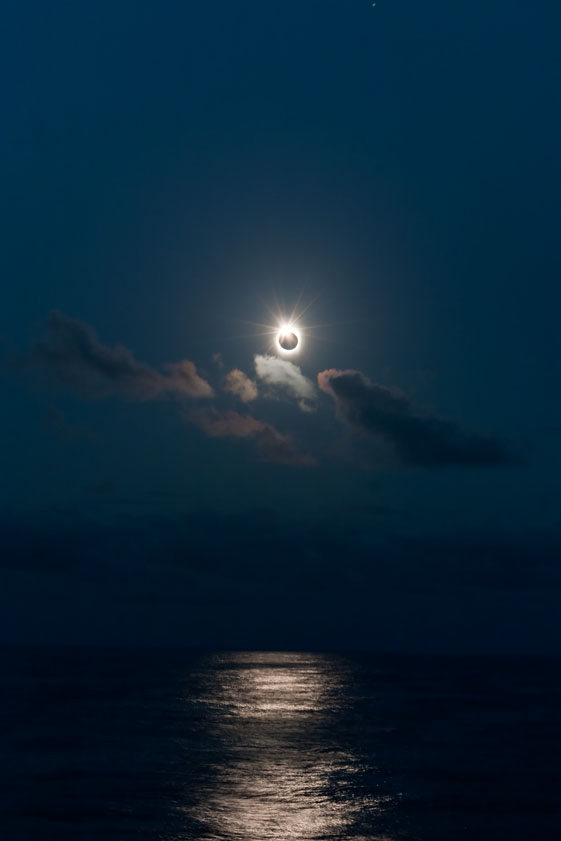 Slideshow:
Slideshow: 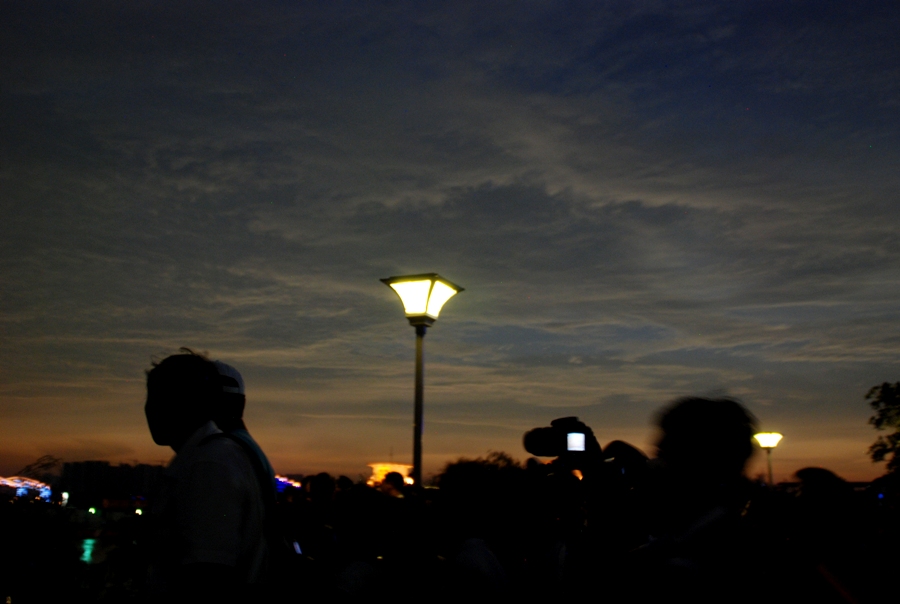
 - Rajesh Kumar Singh /AP Photo
- Rajesh Kumar Singh /AP Photo  - Rajesh Kumar Singh /AP Photo
- Rajesh Kumar Singh /AP Photo  - Ajit Solanki /AP Photo
- Ajit Solanki /AP Photo  - Ajit Solanki /AP Photo
- Ajit Solanki /AP Photo  - Ajit Solanki /AP Photo
- Ajit Solanki /AP Photo  - Koji Sasahara /AP Photo
- Koji Sasahara /AP Photo  - Xinhua, Wang Peng /AP Photo
- Xinhua, Wang Peng /AP Photo  - Xinhua, Yang Lei /AP Photo
- Xinhua, Yang Lei /AP Photo  - Lee Jin-man /AP Photo
- Lee Jin-man /AP Photo  - AP Video:
- AP Video: 

 Slideshow:
Slideshow: 
